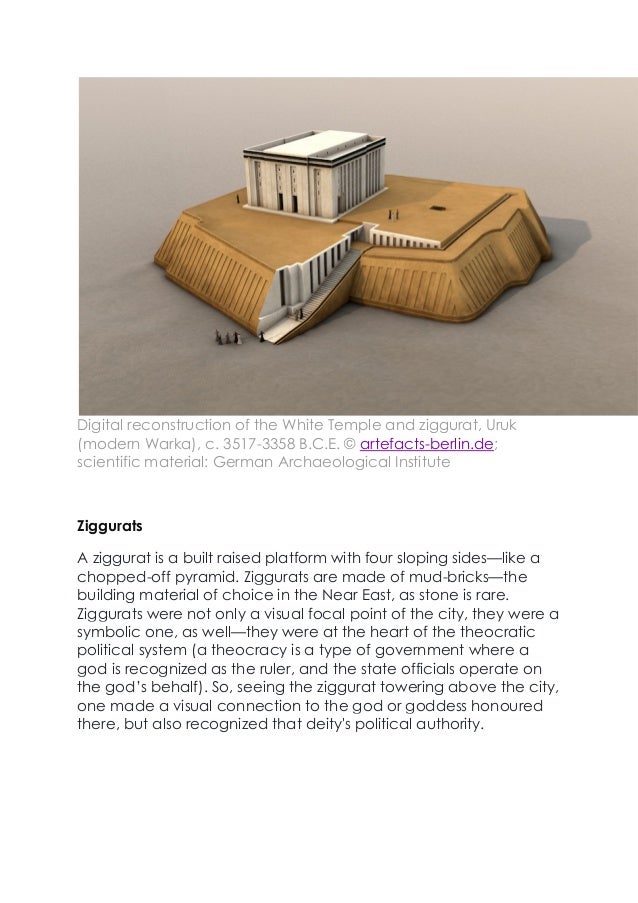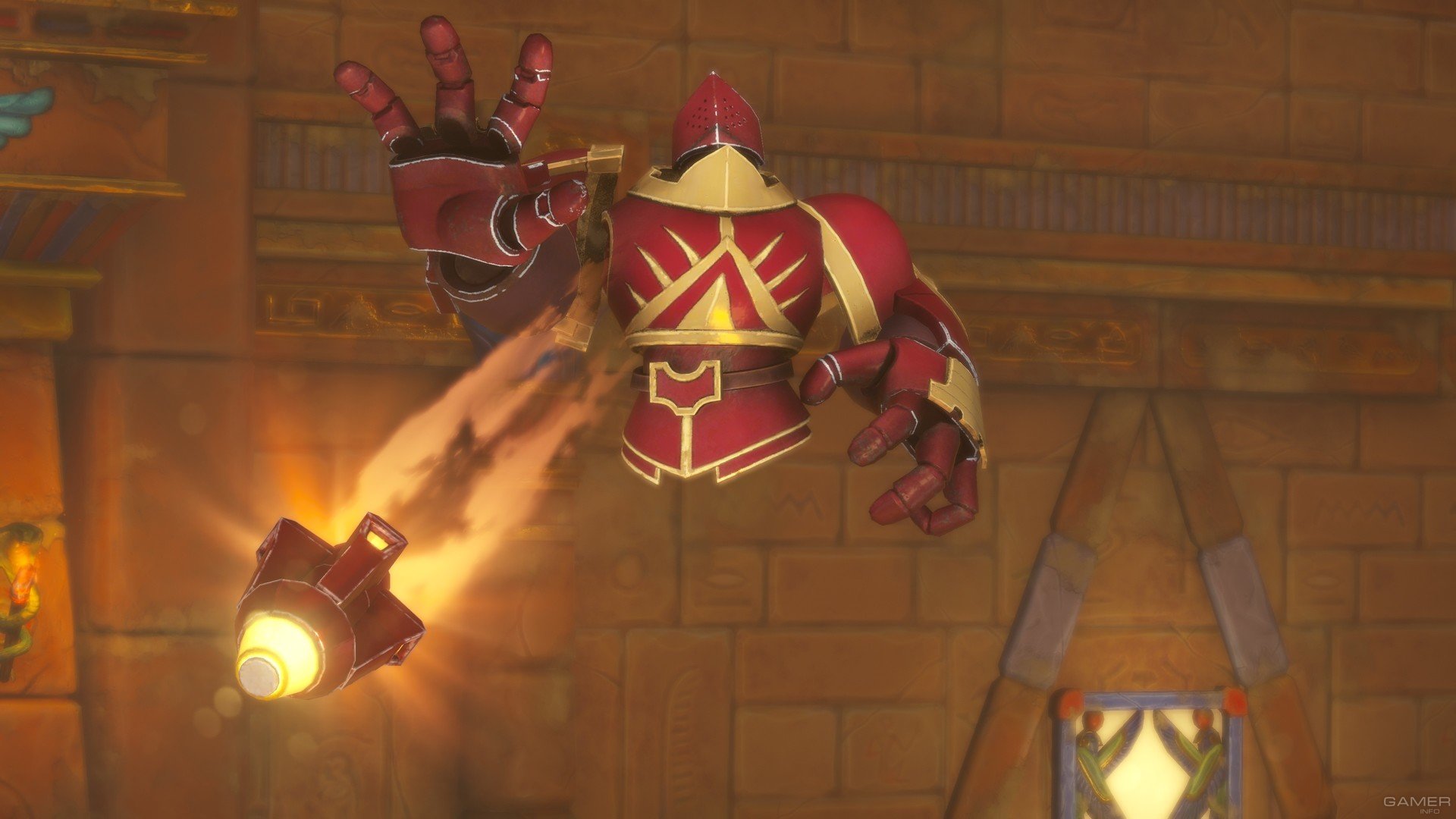
Only priests were permitted on the ziggurat or in the rooms at its base, and it was their responsibility to care for the gods and attend to their needs. They were believed to be dwelling places for the gods, and each city had its own patron god. The Mesopotamian ziggurats were not places for public worship or ceremonies.
#Ziggurat 2 platforms series#
Īccess to the shrine would have been by a series of ramps on one side of the ziggurat or by a spiral ramp from base to summit. In the present state of our knowledge it seems reasonable to adopt as a working hypothesis the suggestion that the ziggurats developed out of the earlier temples on platforms and that small shrines stood on the highest stages . Erosion has usually reduced the surviving ziggurats to a fraction of their original height, but textual evidence may yet provide more facts about the purpose of these shrines. The likelihood of such a shrine ever being found is remote. It is usually assumed that the ziggurats supported a shrine, though the only evidence for this comes from Herodotus, and physical evidence is non-existent . The number of floors ranged from two to seven.Īccording to archaeologist Harriet Crawford, Kings sometimes had their names engraved on these glazed bricks. The facings were often glazed in different colors and may have had astrological significance. Each step was slightly smaller than the step below it. The sun-baked bricks made up the core of the ziggurat with facings of fired bricks on the outside. The ziggurat was a mastaba-like structure with a flat top. The ziggurats began as platforms (usually oval, rectangular or square). The precursors of the ziggurat were raised platforms that date from the Ubaid period during the sixth millennium BC. Each ziggurat was part of a temple complex that included other buildings. Ziggurats were built by ancient Sumerians, Akkadians, Elamites, Eblaites and Babylonians for local religions. Society offered them many things such as music, harvest, and creating devotional statues to live in the temple.Ĭhogha Zanbil Ziggurat (model). The Sumerians believed that the Gods lived in the temple at the top of the Ziggurats, so only priests and other highly respected individuals could enter. Notable ziggurats include the Great Ziggurat of Ur near Nasiriyah, the Ziggurat of Aqar Quf near Baghdad, the now destroyed Etemenanki in Babylon, Chogha Zanbil in Khūzestān and Sialk. It has the form of a terraced compound of successively receding storeys or levels.

Ī ziggurat ( / ˈ z ɪ ɡ ʊ ˌ r æ t/ Cuneiform: 𒅆𒂍𒉪, Akkadian: ziqqurratum, D-stem of zaqārum 'to protrude, to build high', cognate with other Semitic languages like Hebrew zaqar (זָקַר) 'protrude' ) is a type of massive structure built in ancient Mesopotamia. The original pyramidal structure, the "Anu Ziggurat", dates to the Sumerians around 4000 BC, and the White Temple was built on top of it circa 3500 BC. By killing more and more mobs and bosses, the user gets the opportunity to collect valuable loot, among which there may be a shotgun, a crossbow with fire arrows, a magic wand for fighting with magic spells, armor for different parts of the body and much more.Anu ziggurat and White Temple at Uruk. The change of the equipment equipped on the controlled character has been implemented. The death of a virtual protege throws the gamer to a checkpoint. Any damage received has serious consequences for the gamer, because the chances of successful completion are reduced. The gameplay consists in active movement on an accessible plane in order to evade flying projectiles fired towards the main character. The protagonist of the second part of the "Ziggurat" franchise was a member of the magical order that sets out on a journey to protect the whole world from the forces of evil that awaken in deep dungeons with intricate labyrinths, where the entire single player campaign will take place. Also, diversity is added by a huge number of aggressively-minded monsters, and non-linear pumping, which provides freedom for the player to create all kinds of builds for a comfortable game in the chosen style.

The main feature of the project is the procedural generation of locations, which allows you to replay the campaign many times and not end up in the same rooms with enemies. A huge number of special effects that appear on the monitor screen during battles have high-quality visualization thanks to the use of a modern engine. Ziggurat 2 - continuation of the single-player first-person shooter with the most dynamic gameplay and unusual setting.


 0 kommentar(er)
0 kommentar(er)
